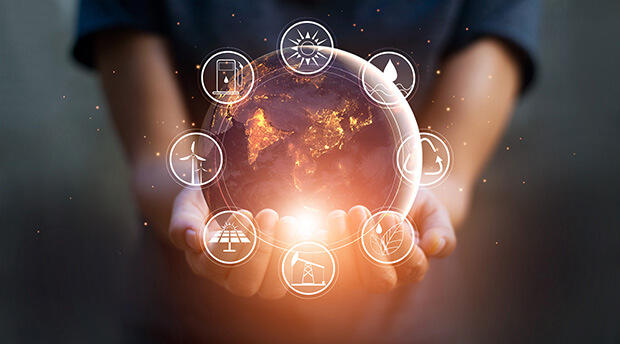

With the biggest attack ever on the Saudi oil industry creating volatility in the market, Petroleum Minister Dharmendra Pradhan has highlighted that securing affordable and clean energy tops agenda of “vulnerable” importing nations like India which were exposed to supply concerns.
India was able to secure most of its contracted supplies from its second-biggest oil supplier, Saudi Arabia, in the aftermath of the September 14 drone and missile assault on the Kingdom’s main oil facility that knocked out about 5.7 million barrels a day, about half of the country’s output.
“Today, we are meeting in the backdrop of a major oil and gas crisis resulting from attacks on Saudi oil processing plants at Abqaiq and Khurais,” Pradhan said at the World Economic Forum here.
“The price volatility and concerns about sustained oil supplies made consuming countries vulnerable given the fact that India, along with most South Asian countries, have a major dependency on crude oil and gas imports. So, securing affordable and sustainable energy figures as a top agenda for all these countries, including India,” he said.
While oil supplies from Saudi Arabia have not been impacted in the aftermath of the attack, liquefied petroleum gas (LPG) imports have been impacted. Saudi Arabia has deferred at least two shipments of LPG which India had to make up by importing from other countries such as the UAE and Qatar.
“It is only natural that the global energy deliberations pay close attention to the developments in the energy sector in India,” he said. “This has a lot to do with the emergence of India as the third-largest energy consumer in the world, and the fact that India is playing a leading role globally by implementing several transformative initiatives to reduce energy poverty in the country.”
India, he said, recorded the highest growth of foreign energy investments in the world, which touched USD 85 billion.
Pradhan said in pursuit of a USD 5-trillion economy by 2024 from USD 2.9 trillion size now, it was imperative to increase energy availability to 1.3 billion people, whose per capita energy consumption is lower than the global average.
“The energy demand, thus, is estimated to grow at 4.2 percent per annum up to 2035,” he said.
The government’s approach to energy policy, he said, covers four pillars of energy access, energy efficiency, energy sustainability and energy security. Stating that the challenge ahead is daunting, he said close attention is being paid to innovation and clean energy.
“Our success in the Ujjwala programme has attracted enormous global interest, including many developing countries keen to emulate this model of providing clean cooking fuel. Our immediate objective will be to enhance the use of LPG in the South Asia region. We will, for the first time, be sourcing LPG from Bangladesh for our northeastern states,” he said.
India, he said, is now leading the global movement in embracing renewable energy sources and would have 100 GW of solar generating capacity by 2022.
1. The mandate for blending Compressed Biogas (CBG) with natural gas has come into effect…
Andhra Pradesh is striving towards greening its energy sector with quite some speed. In a…
With an objective to bolster India’s green energy goals, a Tripartite Agreement has been signed…
The Union MNRE Minister Pralhad Joshi launched the Green Hydrogen Certification Scheme of India (GHCI)…
India’s energy conglomerate Bharat Petroleum Corporation Limited (BPCL) has commissioned a 5MW green hydrogen plant…
In a historical development, the European Space Agency (ESA) has successfully launched its pioneering ‘Biomass’…